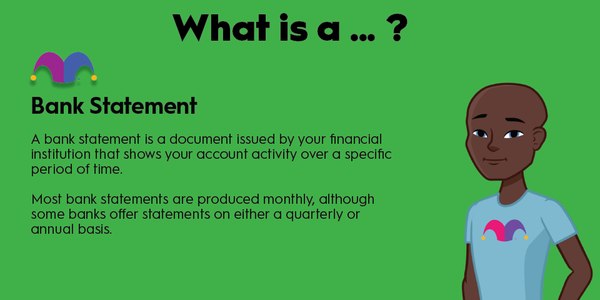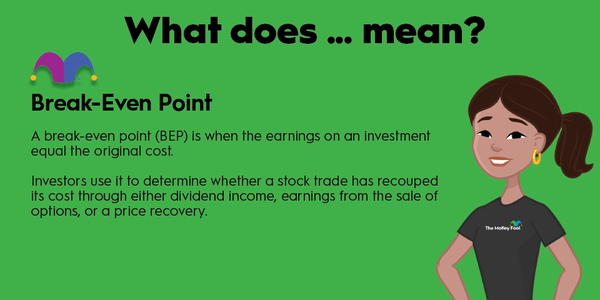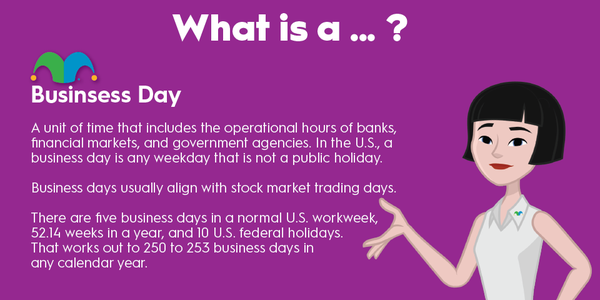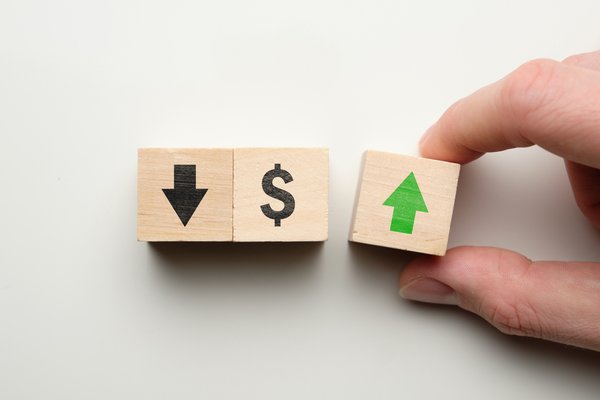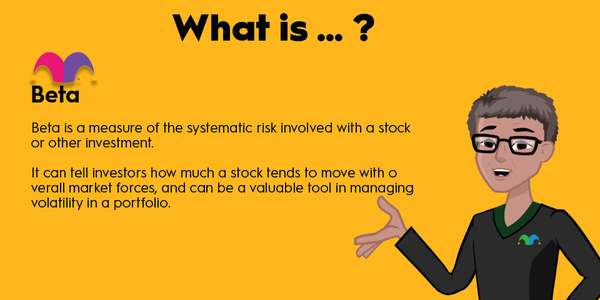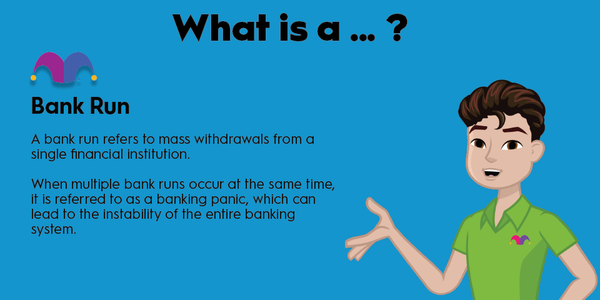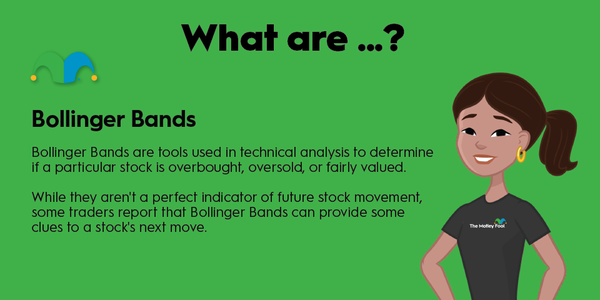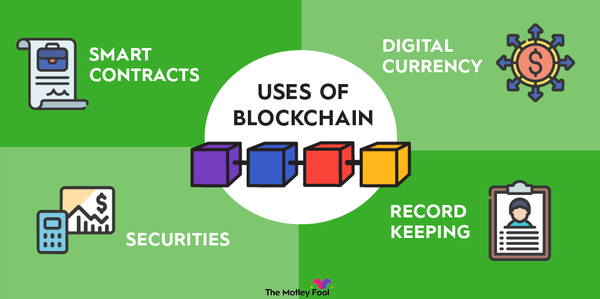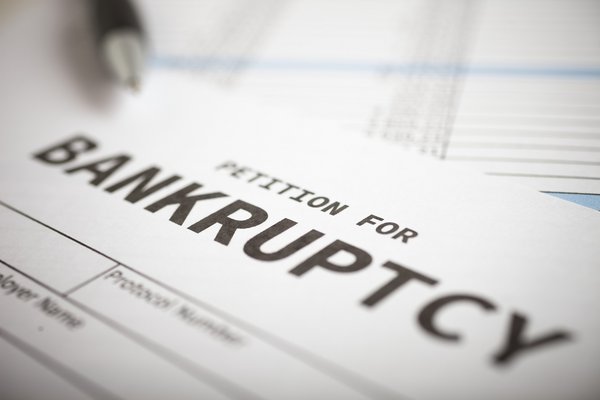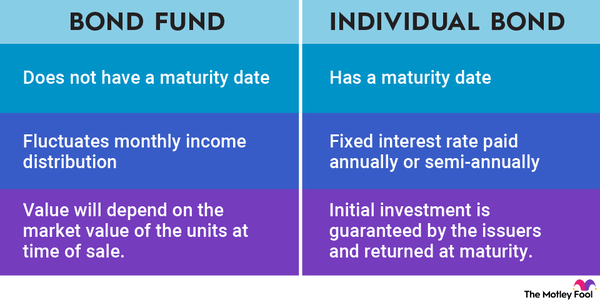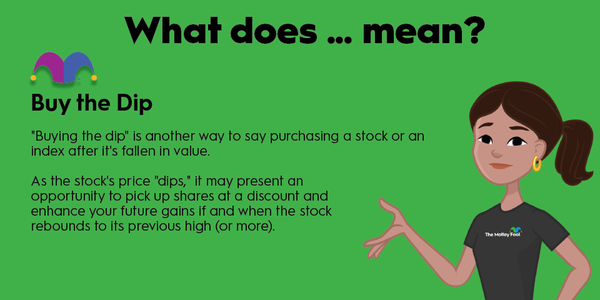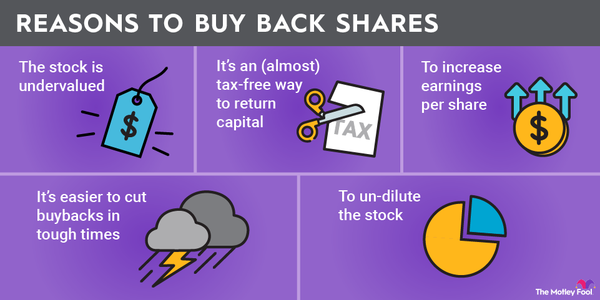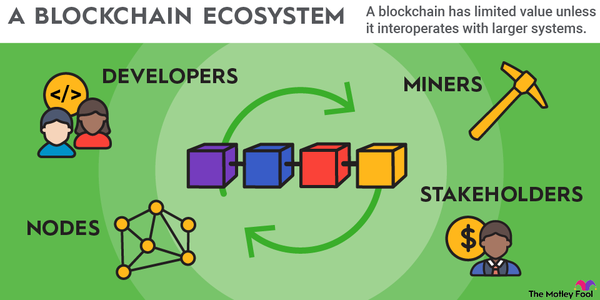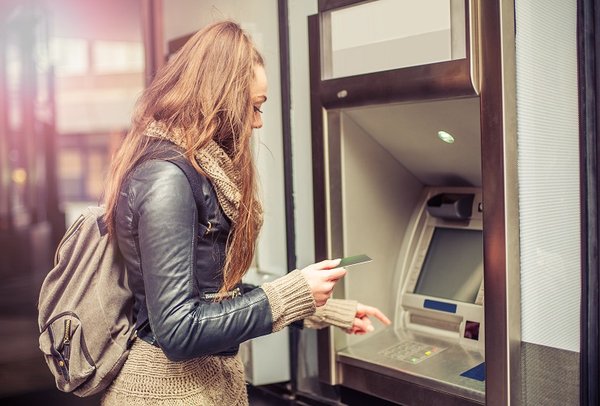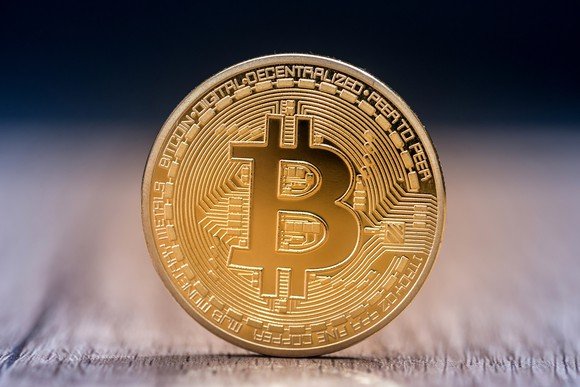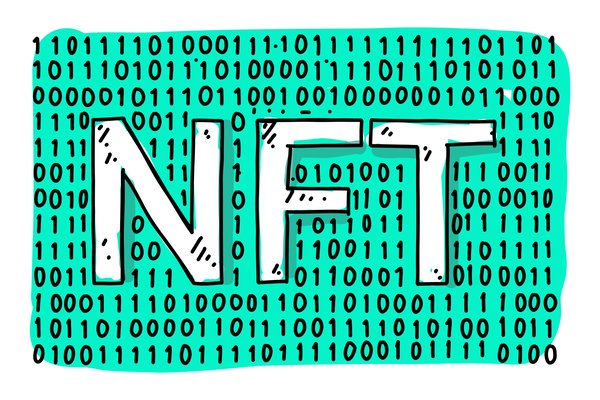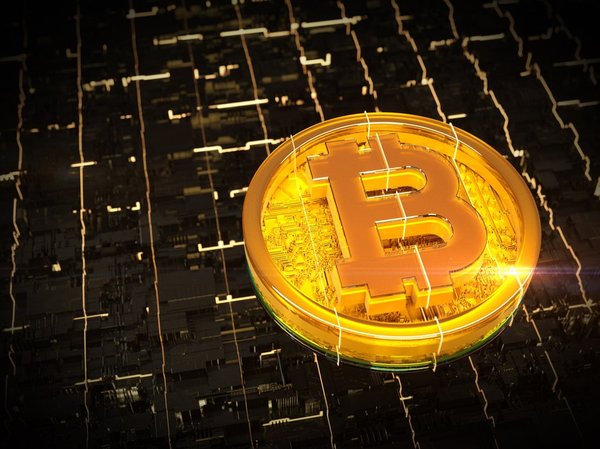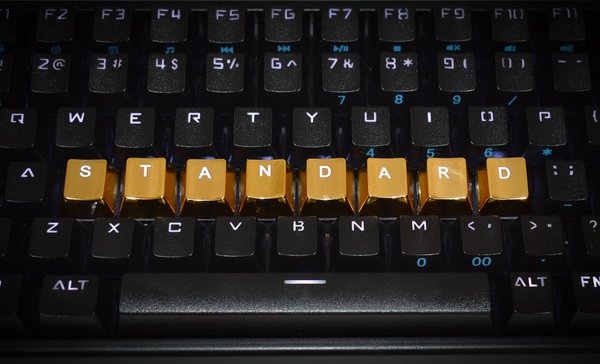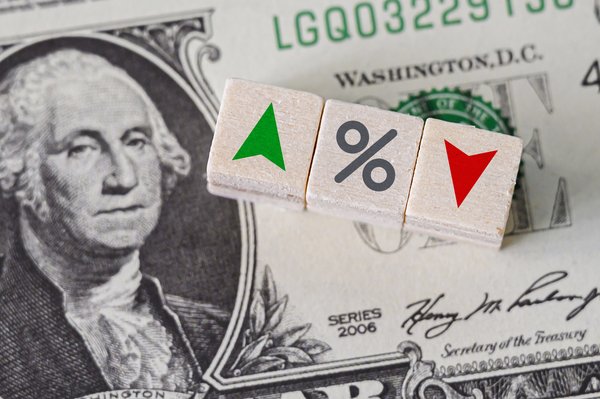Have you heard of a Bitcoin halving? It's an important event in the world of cryptocurrency, changing the economic model of creating new Bitcoin (BTC -4.67%).
Every four years, the rewards that Bitcoin miners receive for solving complex puzzles are cut in half. It's a bit like slowing down the printing of new money, which can make Bitcoins more valuable over time. If you stick around, I'll tell you all you need to know about Bitcoin halving and how it might affect your investing moves.

How it works
How does Bitcoin halving work?
In the Bitcoin blockchain network, new digital coins are generated by a process known as mining. A large number of computers around the world essentially solve an immense number of math puzzles all the time. The work supports the network's security and validates Bitcoin transactions. The Bitcoin miners are rewarded for their work in the form of new Bitcoins.
Every 210,000 blocks mined, or roughly every four years, the reward given to Bitcoin miners for processing transactions is halved. This event is known as bitcoin halving, or "halvening" in more lighthearted contexts. It's like a game where the rules for scoring gradually change to keep the game exciting and sustainable.
- When Bitcoin launched in early 2009, miners were rewarded with 50 bitcoins per validated data block. The next four years of mining activity created the first 10.5 million Bitcoins.
- Near the end of 2012 -- 210,000 blocks later -- the reward dropped to 25 Bitcoins per block. The next cycle generated 5.25 million new coins.
- Another 210,000 blocks passed before the rewards were cut in half again, falling to 12.5 new coins per block in the summer of 2016. How many coins sprang into existence over the next four years? 2.625 million, of course.
- Fast-forward 210,000 blocks again, and you'll find the third halving. As expected, the rewards shrank to 6.25 freshly issued Bitcoins per validated data block. From May 2020 to April 2024, another 1.3125 million coins were awarded to Bitcoin miners.
- The fourth halving occurred on April 19, 2024. The reward for each new block was reduced to 3.125 Bitcoins. The next cycle will produce 656,250 more Bitcoins -- less than 1 million per four years for the first time.
The reason for these predictable reward cuts? The Bitcoin designer -- an anonymous person or group known by the pseudonym Satoshi Nakamoto -- wanted to limit inflation in the cryptocurrency system and set a hard limit on the number of digital coins that will ever exist. The scheduled halvings accomplish that goal by slowing the creation of new coins over time.
With this management process, the last Bitcoin should be mined somewhere around the year 2140. About 94% of the lifetime maximum supply had already been mined in the spring of 2024, leaving very limited room for future inflation.
What's the big deal?
What's the big deal with Bitcoin halving?
Bitcoin halving is like a big milestone for Bitcoin that happens approximately every four years. It's important because it makes new Bitcoins harder to get, making each Bitcoin more valuable over time.
Mining specialists get fewer coins for their work, although the cost of running those powerful number-crunching computers stays the same. For them, the business of mining Bitcoin works only if coin prices rise enough to pay the bills. For people who own Bitcoin or are thinking about buying it, this is a key event that could mean their Bitcoins might be worth more in the future.
Bitcoin enthusiasts
Strategic moves for Bitcoin enthusiasts
If you're considering investing in Bitcoin or already have some, the halving event is a crucial time to pay attention. Here's what you can do:
- Watch the halving cycle: Historically, Bitcoin prices tend to rise in the 12 to 18 months after each halving. The rest of the crypto market tends to follow suit with the sector-defining giant. However, this effect isn't guaranteed, and every halving takes place in a unique economy. For example, the fourth halving came right after the regulatory approval of the first Bitcoin spot price exchange-traded funds (ETFs) and on the heels of high inflation. As a result, the market reaction to the 2024 Bitcoin halving was rather unpredictable. Watch the market closely around and after the event.
- Do your research: Understand the factors besides halving -- like market demand, regulatory news, and technological changes -- that affect Bitcoin's price.
- Consider dollar-cost averaging: If you're unsure when to invest, consider dollar-cost averaging. This means investing a fixed amount at regular intervals, reducing the impact of volatility.
A look back at the third Bitcoin halving
The third Bitcoin halving, which took place on May 11, 2020, serves as an instructive case study for understanding the effects of the halving phenomenon.
Before the halving, the reward for mining a block was 12.5 Bitcoins. After the halving at block number 630,000, it dropped to 6.25 Bitcoins. The reduction in new Bitcoin supply was significant because it happened during a period of increasing public interest in cryptocurrency, spurred by economic uncertainty due to the COVID-19 pandemic.
Bitcoin's price rose in the months leading up to the third halving. From the beginning of 2020 to the halving in May, the cryptocurrency rose from about $7,200 to almost $10,000. The rally was driven both by speculation surrounding the impact of the halving and by investors seeking alternative assets in response to the COVID-19 crisis and stock market volatility.
After the halving, Bitcoin continued its upward trajectory. By the end of 2020, it had surpassed previous all-time highs, reaching more than $28,000 per coin in December. This price surge can be attributed to a combination of reduced supply due to the halving and increased demand from both institutional and retail investors.
Related investing topics
The third halving reinforced the idea of Bitcoin as "digital gold," a potential hedge against inflation and currency devaluation. The months following the halving also saw an increase in the adoption of Bitcoin by major companies and financial institutions. The broader market reach further legitimized cryptocurrency as an investment class and set the stage for spot-price ETFs a few years later.
As the third halving showed, these events can shape market sentiment and Bitcoin's price chart. It highlighted the importance of timing, market conditions, and macroeconomic factors in influencing the outcomes of such events.


